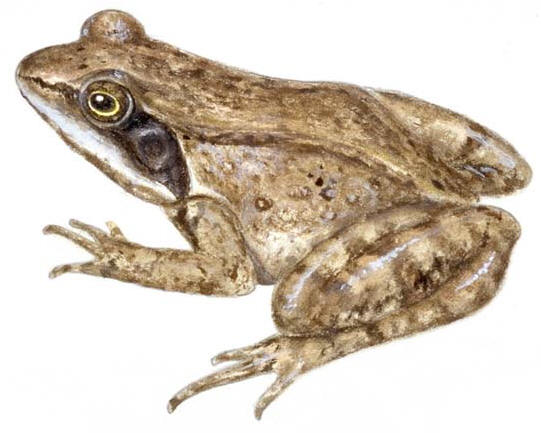 National Arbor Day was April 29, 2011. Trees are necessary part of a healthy environment. An acre of trees can remove 2.6 tons of carbon dioxide from the air at the same time providing 18 people with their yearly supply of oxygen. One tree produces 260 lbs of oxygen a year. Also, they filter out air & ground pollutants, help control run-off, cool their surroundings, reduce surface evaporation, recycle groundwater back into the atmosphere, leaf-fall returns nutrients to the soil and they provide a habitat for numerous creatures while alive and dead. A fallen tree becomes an mini-ecosystem within itself ending with decomposition which creates soil. So celebrate Arbor Day by planting a tree. Here are some tips from the International Society of Arboriculture
National Arbor Day was April 29, 2011. Trees are necessary part of a healthy environment. An acre of trees can remove 2.6 tons of carbon dioxide from the air at the same time providing 18 people with their yearly supply of oxygen. One tree produces 260 lbs of oxygen a year. Also, they filter out air & ground pollutants, help control run-off, cool their surroundings, reduce surface evaporation, recycle groundwater back into the atmosphere, leaf-fall returns nutrients to the soil and they provide a habitat for numerous creatures while alive and dead. A fallen tree becomes an mini-ecosystem within itself ending with decomposition which creates soil. So celebrate Arbor Day by planting a tree. Here are some tips from the International Society of Arboriculture1. Dig the hole 2 -3 times the width of the root ball. Do Not dig deeper than root ball depth.
2. Place the tree in the hole. Partially backfill with the soil from the hole, water to settle the soil, then finish back-filling. Tamp the soil gently, but do not step on the root ball.
3. Do not stake unless the tree has a large crown or could be pushed over by wind or people. Stake for one year maximum
4. Wait till next year to fertilize.









